-
Posts
2,823 -
Joined
-
Last visited
Content Type
Profiles
Forums
Store
Help Articles
Posts posted by Hassouni
-
-
Right so, here's a Lebanese cucumber:
And here are pics of the flat.
Gas-canister powered stove and oven, with ever present pot of Turkish coffee (in Lebanese Arabic: rakwe, in Iraqi Arabic: dalla, in Turkish, cezve. This is NOT an ibriq! Ibriq means pitcher)
Sink and prep area
More prep area
Overview from laundry room
All important tea cabinet, featuring Ahmad loose Ceylon and Ahmed English Tea No. 1 bags. Plus some yucky nescafe intruding among the arsenal of tea glasses.
Spice cabinet (I'm actually surprised how empty it is)
found on the counter: Fresh young fava beans (known in Iraqi Arabic is baagilla). This is sort of what foul looks like when it's young, I guess.
Carrot juicer (used daily)
Fridge and bread counter
Contents of fridge. Looks like cheese, various fruits, cake, cactus fruit, and fresh lemon juice (in the pitcher), among other things. Also surprised how empty this is. In the door, mostly jams, and fresh milk (guess I was wrong about that).
Freezer - mostly bread and ice cream
New additions to the balcony are small kumquat and lemon trees:
-
What a fantastic blog, Chris! I am so looking forward to this week. Like Andie, I adore Lebanese food. In Richmond, where I live, all the best ‘Greek’ restaurants are owned and run by Lebanese folks. I had a Lebanese friend who once quizzed me on my favorite ‘Greek’ restaurants here and delighted in letting me know that they were all Lebanese owned! We have a wonderful Lebanese food festival here in the spring run by the Maronite Catholic church, and it is our favorite food festival in the area! I really loved your breakfast – once I found a place that sold labne, I was in heaven! Best stuff on earth!
By the way, I'll let you and everyone in on a secret. Labne is VERY easy to make at home. Just line a sieve with a coffee filter or cheesecloth, put some yogurt in it, place it over a pot, and let it drain overnight. Voila! When you buy it, it often has cream and other stuff in it to make it extra thick and creamy. Homemade labne is rather different (and healthier, I think!)
-
Good morning, bonjour, sabah al-kheir!
To respond to posts since last night:
Christine - we definitely don't eat on the floor!
Nikki - you know far more about Leb wine than I do. My Saidawi friend asked me if there's somewhere I'd like to go next weekend that I haven't been, I may just suggest the Massaya vineyard! I like Massaya wine, very reasonably priced, but their 'araq is rather expensive....
Now, a quick update from last night. After the deliciousness of murgat ardhishoki, we gathered in the family room for talk of my new car, funny videos, and traditional after dinner munchies (following the fruit served at the dinner table). There were some mixed nuts and some frankly dry looking dates* but there was also a box from the relatively famous shop Halwachy Tofiq, from Iraqi Kurdistan, the city of Sulaimaniya, I think. (Halwa-chi = Iraqi Arabic/Kurdish/Turkish for someone who makes/sells sweets and halwa). Their specialty is mann al-sima, which literally means "manna from heaven." It's a type of nougat, I suppose, very similar to the Iranian gaz, but I believe what differentiates it and makes it mann al-sima is that the main ingredient is resin from the tamarisk tree. I don't have internet as I write this, but I believe tamarisk resin is thought by some biblical historians as one of the sources for the mana mentioned in Exodus. HOWEVER, the box did not have mann al-sima, it had something I'd never seen before:
When I asked what it was, I was told it was walnuts (which I could see), and grapes! I guess the grapes are turned into a soft fruit leather and wrapped around the walnuts. The pic is after I took a bit, but the stuff in the box looked like it was all rolled and sliced, makizushi style. Pretty good, given that it wasn't the chocolate I thought it was!
Breakfast today at the hotel was the same as yesterday's, except now we were armed with ground coffee we picked up from Caffè Nero at Heathrow, a French press and a baggie of za'tar from the flat, and the bread from Bread Republic:
Labne without za'tar seems wrong, so here we go, the classic combo of labne, zeit w za'tar (zeit = oil, in this case olive oil - zeit zeitoun):
The real Lebanese thing is to make a wrap of labne called 'aroos labne (oddly, a "labne bride"), which can contain all the things in the following picture, though usually without za'tar. I tried to make my own 'aroos, with labne, za'tar, cucumbers, mint, tomatoes, and olives, but the wedge of bread wasn't wide enough to get a tight roll. Still delicious though.
Finally, to answer the question about how big a bean of foul is, here's one next to a pretty averagely medium-sized olive:
Tonight I'm going out for dinner for proper Lebanese food. I'm going to angle my friends for 'Abd al-Wahhab, unless there's any place you Beirut aficionados can recommend that I may not have been to.
-
So, hakkaka is a byproduct of making rice perfectly in the Iraqi-Iranian way. The orthodox Iranian way, used by many in Iraq, is to parboil the rice in LOTS of salted water until about 2/3 cooked, or very al dente. Then drain the rice and the pot, add butter or oil to the empty pot, and return the rice in a sort of pyramid, and let it steam on low to medium low heat, with a paper towel under the lid to catch the steam as it rises. After 30 or so minutes you should have hakkaka. The other method as used by some Iraqis, is less reliable and harder to master, as it involves frying the rice in oil or butter a la risotto, then adding water and salt. The problem is how much water - I was taught and do it by sight, but I would say in a medium sized saucepan, with enough rice for 4, you don't want to cover the rice by more than about 1/2-3/4" of water. Let it come to a boil on high heat, then turn the heat down to low and do the paper towel thing again. After 20-30 minutes the rice will be cooked; good hakkaka takes another 10-15 minutes, raising the heat a bit.
For what it's worth, my grandfather uses the former, more Iranian way, and my grandmother uses the latter method. For starting out, definitely go the Iranian route. If nothing else, there's a lot more literature on it, such as here: http://turmericsaffron.blogspot.com/2010/01/art-of-making-persian-tah-dig.html Note that saffron at the bottom is, in my eyes, a cheat, as the golden color should come only from the rice and fat. Also, adding a cup of water in step 8 in my experience results in soggy rice - a couple tablespoons MAX should suffice, but sometimes none is required. However, the overall method in that link is pretty sound.
-
Haha, I'm actually in the bread pic, far far right, with the phone

-
Dinner tonight: pure Iraqi awesomeness. The heart and soul of Iraqi cuisine is what makes it so similar to Persian - rice and stew, but both the rice and the stews are pretty much the same. The stews, called murga (مرقة), are typically chunks of lamb, onions, vegetable + tomato paste and spices, and the rice is always basmati or similar varieties, salted and cooked with oil or butter in a way that the grains stay separate and the layer touching the bottom of the pot crisps up into a delicious element called, in Iraqi Arabic, hakkaaka (حكّاكة), AKA ta-dig in Persian. In both cuisines, further reinforcing the similarity, a cook's skill is judged by his or her hakkaka/ta-dig. It's worth noting that no other Arab country makes rice in this way, nor do they call it by the name Iraqis use: timman (تمّن). The combination is frequently referred to as timman u murga, just like the Persian term chelo-khoresht. This is very distinctly NOT Lebanese, and doubtless a legacy of 2,500 years of Persian influence in Iraq.
Tonight's murga: Murgat arthishoki, or - artichoke stew! Whole artichoke bottoms are easily obtained in Lebanon, and my aunt stewed them up with some beef, potatoes, and carrots. This is something I've only had a couple times, and it's one of my favorites:
Here's the rice displaying a nice light gold hakkaaka. The best is when it's a really dark golden brown, but this is risky as it gets very easily burnt!
Here's a bit wider shot, showing the rice, the edge of the artichokes, strangely garlic-free homemade hummus, and more 'amba and kabees. More universal than 'amba in Iraqi cuisine is actually a type of pickles called turshi (from Persian torshi --> torsh = sour/pickled, cf Turkish turşu), which are a mix of vegetables in a rather evil looking, dark pickle sauce...when I was a kid I swear I could see stuff moving, but I've grown to love it. Sadly, it didn't make an appearance. There was also a salad (not shown), similar to yesterday's except it used just-picked lettuce from my great-aunt and -uncle's farm in southern Lebanon.
My plate following the salad:
For the curious, the label on the 'amba bottle. Literally, we have this same bottle in the states, sold at the Persian and Pakistani stores, at a minimum:
Google: "Poonjiaji Ship Brand", that should put you on the right track!
-
All of the fresh produce --especially the fruit and the cukes--are making me drool.
The weather looks so beautiful there!
Yeah, the produce is definitely a highlight of the food scene here. The weather is OK, it's actually the coldest I've seen it here, and I've been in all seasons. Temp range is high 40s to low 60s.
Really enjoying your food blog. Would love to see more of the city and some of the coast. Beirut is meant to be beautiful.
Beirut certainly has its scenic moments but there's a ton of traffic, pollution, and concrete. The real geographic gem is the rest of the country. Got very tentative plans to head up the coast and also into the mountains (where there should still be a lot of snow - from which Lebanon derives its name (Laban = Hebrew and Aramaic for white, since the high mountains here have semi-permanent snow).
I am so envious and am so looking forward to a week in Beirut. I love Lebanese food!
I have a recipe for Nammoura that was given to me by a friend from Saida many years ago and which I used to prepare often (before developing diabetes).
Your photos are beautifully composed.
Heh, my best friends here are all from Saida! They tend to be more laid back than Beirutis, who are definitely the New Yorkers of the Middle East.
Thanks for the compliment about the photos! I'm trying to be as subtle and discrete as possible in actually taking the photos, and am only using my phone camera. I feel rather odd posing and setting up food photos in public, to be honest.
-
Trottoir = sidewalk
I assume they are referring to sidewalk cafés?
Yep
-
Today is the day of many coffees. Crappy nescafé to start the day at the hotel, then went to the flat, where in quick succession I had some french press and some Arabic coffee. I'd like to point out that when most menus in the West say "Arabic coffee" they mean Turkish coffee. Real Arabic coffee comes in two varieties: peninsular and Levantine - with the Levantine being coarse ground dark roast, boiled in some cases for hours. Normally at home we have Turkish, but today some Arabic was made - note the absence of foam:
My parents and I then went out to the Hamra neighborhood, probably my favorite part of the city, experiencing a commercial and social renaissance these days, I guess it's sort of the Greenwich Village/Soho of the city.
Passed by the aforementioned Barbar - I can 99% guarantee I'll be returning here at some point (probably at 3 am after several drinks), but if I don't make it back in the daylight, here's a rundown. Barbar is divided into several sections spanning most of a city block of the popularly named "Piccadilly Street:" Barbar Snack (western snack bar food, such as subs and burgers), Juicy Barbar (fresh juice, smoothies, and gelato), Barbar Pastries (savory stuff like mana'ish and lahme b'ajin), Barbar Restaurant (Shawarma, Kabab), and Barbar Falafel. Each of these functions as a separate entity with individual storefronts and cashiers. Here's the shawarma:
Went to lunch at the aforementioned Café Hamra, and sat in their garden, an oasis of peace in the crush of Hamra Street:
I had a salade niçoise, and a mint lemonade (a specialty of the Arab world, fresh squeezed lemonade blended with mint, available frozen or not)
A blurb about Beirut's (and Hamra's in particular) café culture:
Picked up bread for the hotel at Bread Republic, where proper European loaves can be bought, and good sandwiches, brunches, great coffee, and other nice items can be eaten onsite. (They recently also added a bar) We got a black sourdough loaf made with rye and whole wheat.
The outing ended in Ashrafieh, the old, very Frenchy part of town in East Beirut (Hamra is in the West), at the very French Eddé Sursock Café (or eCafe, I believe), a nice place with a pretty terrace that is fully open in warmer weather - my parents enjoying the terrace:
The double espresso with complimentary brownie on the side (see what I mean about a lot of coffee!):
-
Wow. grenadine molasses! Ill now have to try some.
i use a lot of pomegranate molasses but look forward to trying the G.
very much looking forward to your Blog!
thanks for the hard work in advance.
They're the same thing. Dodgy translation, methinks..
-
Looking forward to following along with this one, Hassouni! I've noticed your contributions in the Japanese home cooking thread before; will there be any Japanese food on this trip, or is that something you would have to cook for yourself?
Also, when you travel to Beirut and then return to DC, are there any food products you bring back with you that you can't get in the States? Some of that 'amba, maybe?
I do cook quite a lot of Japanese food, but firstly, I won't be cooking anything here, and secondly, most of what's available here is sushi - a very poor value to money ratio, especially when great Lebanese food has a superb value to money ratio!
Food products: Really, za'tar is the biggest one. I can get it at home but it's not the same. I also usually bring back some fresh roasted and ground Turkish coffee and try to drink as much as possible in a short a time as possible. Everything else that I can think of probably violates US customs....I might try for cheese, but I have a habit of getting stopped at customs (since Lebanon is a "shady country" in the eyes of Homeland Security). As for 'amba, a lot of Middle Eastern stores at home sell the very bottle in use here: http://www.poonjiaji.com/slimanpick.htm
Very eager to read on! Can you say more about the foul? What type of beans, how prepared, etc.
Soooo, at home, I don't know anyone who makes foul from scratch. Typically I buy it in a can (Cortas brand), add some chick peas and cumin and let it cook down for about 15-20 minutes, then mash about half of it up. The beans are smaller than typical fava beans, about as big as the chick peas but a bit elongated. Standard serving is with olive oil, lemon juice, onions, tomatoes, and egg.
Is the za'tar on the croissants rolled up with the dough or simply sprinkled on top? Is there much thyme in it? The za'tar that I've seen is very green.
Am loving this. (Except for the fool -- my husband lived in Egypt for many years and fool is a breakfast of choice there, too. He loves fool but I've never been able to develop a tolerance for the smell/taste of dried favas.
 )
)Do you think you could get a picture of one of the cucumbers unsliced? I'm very curious as to which cucurbit it is.
the za'tar is in the croissant the same way chocolate is in a pain au chocolat, or almond paste is in an almond croissant, if that helps. Lebanese za'tar is very green and from what I can tell is mostly thyme - the Arabic word for thyme is in fact za'tar, even though in a generic sense it refers to the mix.
Normal preparation of fava beans also is not my favorite - I know what you mean about the smell. Foul to me is totally different though.
As for the cucumbers, I can try to get a picture of one unsliced. If you've seen "Persian cucumbers" for sale anywhere, they're basically the same, just fresher. About 6-8" long, no more than 1" thick, with very firm, green flesh and small seeds.
I'm trying to pull myself out of an almighty sulk bought on by the fact that my boyfriend is going to see THE WAILERS!!! Tonight in Beirut but also that you are in Beirut and I'm not :-( in all seriousness I am really looking forward to this - I spent 10 years in London and under two in Beirut yet Beirut is where I feel most at home... Great start to what I know will be a great week!
I just saw the poster for that! Is there anywhere you'd like me to hit up? I'm going to Falamanki tonight and am going to try to go to Tawilet for the first time soon.
-
Breakfast at the hotel: 1 Lebanese, 1 Continental. The Continental was pretty standard - toast, danish, and za'tar croissant (maybe not so standard), plus Lebanese Kassatly brand jams and honey. Sadly, as seems to be the standard in the region when Turkish coffee is not offered: Nescafé.
The more interesting of course was the Lebanese, and I was pleasantly surprised at the scope. On the right of the tray, top to bottom:
Ultra-rich labne with olive oil
A trio of feta-ish, kashawan, and halloum cheeses
Foul mdammis AKA foul, pronounced "fool" - fava beans and chick peas cooked low and slow, mixed with olive oil
Requisite garnishes for the above: tomatoes, mint, killer cucumbers (not shown), and olives.
Up close: cucumbers, tomatoes, olives, labne (no za'tar
 ), kashkawan (actually pronounced 'ash'awaan), and halloum, with good Arabic bread (aka pita but no Arab ever calls it that). Good, fresh Arabic bread, ubiquitous in Lebanon, is paper thin and very chewy.
), kashkawan (actually pronounced 'ash'awaan), and halloum, with good Arabic bread (aka pita but no Arab ever calls it that). Good, fresh Arabic bread, ubiquitous in Lebanon, is paper thin and very chewy.Assembled bowl of foul: foul, tomatoes, mint, hard-boiled egg.
A pretty standard Lebanese breakfast offering, but very satisfying on a first morning here with crappy sleep!
-
So, having just arrived at the family flat yesterday afternoon- the first order of business was tea. Now, as I mentioned, making proper Iraqi style tea is a bit of a hassle, and I think most of my family can't be bothered to go all out. However, the tea is still brewed strong and diluted somewhat. My mom, having gone to boarding school and university in England, typically drinks her tea with milk, hence the can of Nestlé Nido in the background - as far as I can tell, it's used a) because it's richer tasting and b) because we have little other use for milk. If it's not going to be out of the proper tea glasses and all, I typically take milk too.
Served alongside are some sweets and pastries…here we have some kind of danish-y thing, some unidentified pastry that looks vaguely pop-tart-like (I didn't ask), then Lebanon's greatest contribution to the world of culinary fusion: the miniature za'tar croissant, identifiable instantly by the sesame seeds. There are two things in Lebanon that I wish I could get at home and just cannot find - this is one of them (the other I'll address in a later post). Za'tar appears to be an acquired taste for those that didn't grow up on it (so my fully-American friends tell me), but I think the za'tar croissant is a perfect introduction. Finally…we have some Samoas. Yes, girl scout cookies, brought by us on the plane. Not Lebanese, but they're good, so anything goes right?
A couple hours later, a typically vast dinner was laid out. Numerous dishes and side dishes, taking hours to make, and served super-late, are typically the norm in this household. In deference to the jetlag-induced zombie-like state my dad and I were in, dinner was served at the unheard of hour of just before 8. Also unusually, we ate at the high dining table in the proper dining room, something we rarely do - normally we have all meals on the coffee table in the family room…which I find annoyingly cramped and awkward with seven adults.
When in Lebanon, my grandfather, an unexplained wine wizard, seems to prefer Château Kefraya, a reputable Lebanese house with many offerings. The last few times he's gone for their Les Breteches, which is a mix of about 5 varietals such as Syrah and Cabernet Sauvignon, to name a couple, with a slightly tannic, medium body - a very nice if not spectacular wine. This led to a long conversation about alcohol and Islam (my Iraqi family is nominally, and I mean really nominally, Muslim) - apparently my grandfather has a whole book written by some scholar on how the Qur'an says alcohol is OK! I wish my formal Arabic was better, because I'd love to read it…
Salad, as served with every dinner and most lunches. Sort of a spin on fattoush, I guess, but not quite. Today there was: romaine, parsley, tomato, radish, avocado, and cucumbers - the best in the world. I don't know what Lebanon does, but fresh produce here always tastes better, and the ultimate champion is the cucumber. They're small and slender, much like Persian cucumbers, but much crisper and flavorful than the ones sold in the States. My grandfather is also a master salad dresser, and today it had balsamic vinegar, pomegranate syrup, and olive oil. With the good bread we had, it could have sufficed as a meal.
The main attraction: 2 large fish, slit open and baked with potatoes. The fish in arabic is called lu'uz, which my grandfather says is loup de mer in French. My mom says it's grouper. I personally, am confused. Seasoned with parsley and some mild, undetermined spices (my aunt was in charge of this). Arabs like their food cooked very thoroughly, and fish is no exception. It was good, but I would have pulled it out of the oven far earlier.
Traditional with fish is mujaddara, a dish of rice and brown lentils seasoned with cumin, served with fried onions on top. Real Arabic comfort food and really good! The mushrooms are NOT traditional, and I can't stand button mushrooms, so I avoided those…
Also traditional with fish in Iraqi cuisine is 'amba, mango pickled in vinegar, produced in India by the Poonjiaji company - their "Ship Brand" bottles of 'amba can be found in any Iraqi household. I imagine this must be a legacy of the legions of Indian cooks, servants, and other workers brought into Iraq during the British Mandate (Iraqis are very fond of curry and biryani, too). If you can imagine mango achaar, but with vinegar instead of oil, that's not far off - it's very sour, and I'm addicted!
We also have a dish of homemade kabees - turnips pickled in beet juice, which is more of a Lebanese thing. I love it, though not as much as 'amba! Also, some cucumber pickles, which were rather nondescript, and the pomegranate syrup that went into the salad.
Dessert: bountiful fruit, for which Lebanon is famous. Everything was *quite* delicious. Since it never gets that cold here, I guess the growing season for most fruits is year round (though the best time is April-May, the short period when loquats are in season and growing on trees all over the country, including the center of Beirut). Also, some token Arabic style ice cream on the side.
Finally, a cheese that my grandfather swears is internationally-renowned, but available only in Iraq: Shari, an aged goat cheese from Iraqi Kurdistan, that a friend visiting from there brought. What can I say, it was powerful stuff, one of the most intense cheeses I've ever had. I can normally devour a piece like that in one bite, but I had to proceed slowly on this. Very different, and very interesting.
-
Hi, keefkun, ça va?
Or, for the more hip: Bonjour habibi, how's it going?
Yes, with such phrasing, it can only be Lebanon!
First off, let me give you some background to the trip and myself.
I go by Chris and Hassaan - whence Hassouni, the Arabic diminutive of Hassaan (note, not Hasan/Hassan, this is a different name. For those that can read Arabic, it's: حسّان). Arabs/Persians/Turks generally call me Hassaan, others generally call me Chris. Hassouni is fine by me too

I am, despite the bilingual name, NOT Lebanese. My father is American of mostly German extraction, and my mother is 100% Iraqi. Her family is Iraqi through and though (except for her one Turkish great-grandmother, as well as other genetic traces of the myriad peoples who have crossed Iraq since history began 5000 years ago there). They had done quite well under the Mandate period and later the Monarchy, but as soon as the republican revolutions happened (and there were several in the late 50s and 60s), my mom and her immediate family fled to Beirut, which was THE cosmopolitan city of the region in those years. They stayed there until 1975 when the civil war broke out, and really Beirut is and was much more of a home, to my mother and her brothers at least, than Baghdad was. To this day, she can switch between Iraqi and Lebanese Arabic mid sentence, which I always find hilarious (they're about as different in vocabulary and accent as, say, Cajun English and Australian English)
In the mid 1990s, after the war, her parents, living in the DC area and London, moved back to Beirut, and since then it's become their permanent home, with my mother spending more and more time there as well. This is my 9th trip there, and the 6th since Summer 2009, so Beirut is quickly tying London as my own second home. In any case, I love it to bits, despite all the aggravation of being there (like the most horrific traffic and insane drivers anywhere), and my own skills in the Lebanese dialect are growing. I guess they're getting pretty good, as a few of my Lebanese friends have dubbed me "honorary Lebanese." I arrived here yesterday and will return to DC March 7.
Secondly, let me explain the teaser pics
The first, of course, is an Iraqi/Turkish style tea setup, as I mentioned on my very first post here. Mimicking the the effects of a samovar without the expense. My favorite style of tea, though somewhat of a hassle to prepare. This was basically just to identify me, and sadly there probably won't be much of that, as Beirut is not a good city for tea drinkers

A Beirut taxi and a symbol of the city as much as Black Cabs are of London. 10 years or so ago they were all ancient Mercedes that had survived the 15-year civil war. Now there are a lot of other cars, some new Mercedes, most small, crummy, micro-compacts, which makes very little sense for a taxi. The old, stick shift, diesel powered Mercs are where it's at for me, and I'll wait longer to snag one.
Next is the beautiful Turkish coffee presentation at Café Hamra, in the Hamra neighborhood of Beirut. I think Nikkib made a passing reference to it once - I really like the place. Decent if not fantastic food, really good deserts, great coffee, and good argile (hookah/shisha). Hopefully will spend some time there this trip
When Kerry Beal said lahmacun, she was basically right. This is the Arabic version, lahme b'ajin, from which the name lahmacun derives. This is a late night shot from the legendary Barbar in Hamra, a 24/7 bastion of Lebanese street food that spans a whole block - shawarma, kababs, falafel, mana'ish, lahme b'ajin, fresh juices plus western snack bar type food, and pretty good gelato. After a night out in Beirut, this is unequivocally the place to go.
Finally, Raouché, the Pigeon Rocks, or as my Mom swears they were called in the "Lebanese Good Old Days," Suicide Rocks. One of two sea stacks just off the cliffs along the Beirut Corniche. If there is one symbol of Beirut, this is it.
As for this blog, I have no agenda. Although I'll be spending plenty of time there, I'm not staying in my family's place, because its jam-packed with people, so I'll be sleeping in a hotel nearby. This means I won't be cooking anything, but even if I was staying at home that would be the case, what with my aunt and the housekeeper running the kitchen on lockdown. However, I will definitely be showing plenty of home-cooked Lebano-Iraqi dishes. Furthermore, Beirut is Cafe City and one of the best places to eat out, so expect plenty of delicious coffees, teas, and meals out, as well as shots of street food like Barbar and my favorite, manaa'ish 'al saaj.
I have a hunch that I'll be going north up the coast as well as into the mountains at some point, so I'll be sure to document any tasty treats from there.
If you have any requests, I'll do my best to fulfill them!
-
 1
1
-
-
Damn, three pans of onions! this is going to be interesting...
-
oh god....
Yellow bean paste? Or whatever it's called - used in Malay-type food
Thai curry pastes
Also rice flour...
Kecap manis
Chinese dark soy sauce
Chinese thick soy sauce (not sure if I've EVER used that)
corn meal...
The list goes on....
-
Yalla neither can I! I fly off tomorrow...
-
A little late comment here, but I am finally convinced to get off my lazy behind and buy a turkey fryer rig to use with my wok after seeing your pictures. It will be great for beer brewing as well.
You won't regret it. I use my wok burner for a lot more than wok cooking: it's great for bringing huge pots of water to the boil quickly, for example. And I do all my deep frying outside now, to avoid coating the inside of the house with fryer oil, and the accompanying smell.
What do you do when it's bloody cold out?
-
From what I've gathered from years of cooking Thai is that jalapeño type peppers, such as Fresnos, as you mentioned, are by far the best replacement. I have yet to see them for sale as well.
-
Thanks for your wok cooking play by play. Your wok is a bit deep but I suppose the tossing movement keeps things from steaming.
Sort of: see if you can track down a copy of Modernist Cuisine, they have a fantastic cutaway shot of a wok mid-toss, demonstrating all the various zones of cooking, one of which is steaming that occurs in the column of tossed food.
Voila, courtesy SE: http://www.seriouseats.com/2011/02/modernist-cuisine-the-wok-shot.html
-
Hm, then Wikipedia has been lying
 I'll take your word for it.
I'll take your word for it. -
Dinner tonight:
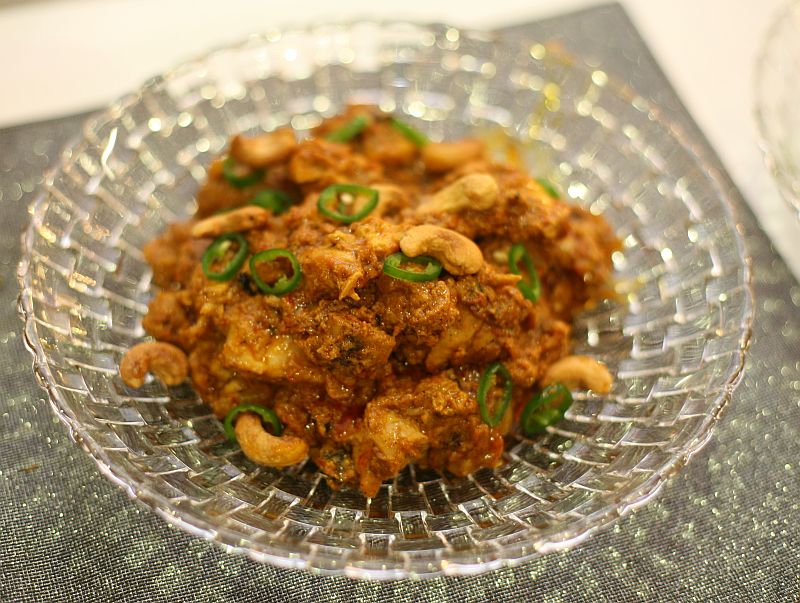
Chicken Tikka Masala as per Heston's In Search of Perfection. The chicken was brined for 6 hours in an 8% brine, then marinaded 12 hours in garlic and ginger, and another 12 hours with yogurt, chilli powder, and garam masala. Then the chicken was grilled on the kamado. In the meantime, a sauce was made by pressure cooking tomatoes with spices. To this was added fried onions, cashew nut butter, fenugreek, garam masala, yogurt, and butter. Finally the chicken and sauce was brought together with the above result. Unlike other butter chicken, this one has a nice texture and a hint of char from the fire.
Looks better than any CTM I've seen
-
Well in proper Dutch, the city is Gouda and the cheese is Goudse, but I don't think that'll get anything but blank stares outside Holland....
-
Made dakgalbi, haemul sundubu jjigae which was heavier on the vegetables than the sundubu, some panchan from H Mart (kongnamul, kimchi, and bujigangi), washed down with my favorite soju- Chum-Churum. When the dakgalbi was almost done, I threw some cooked rice in to soak up the sauce and crisp up on the pan. Delicious.





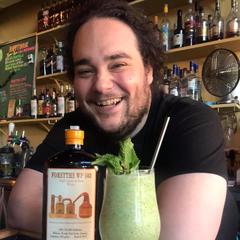
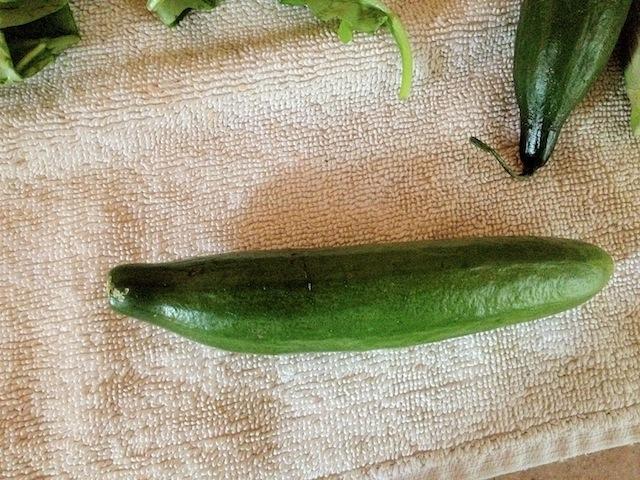
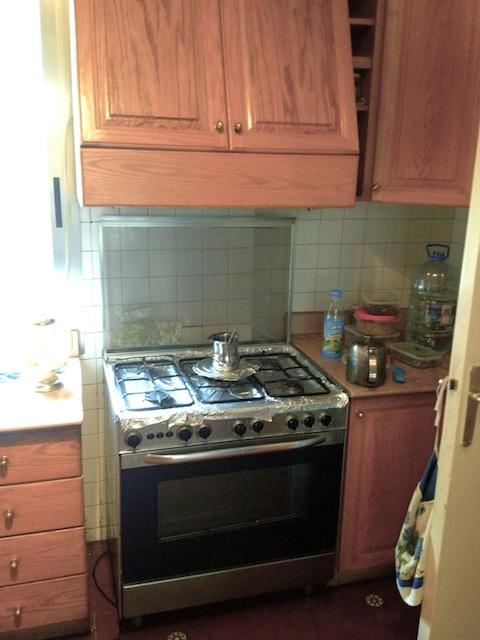
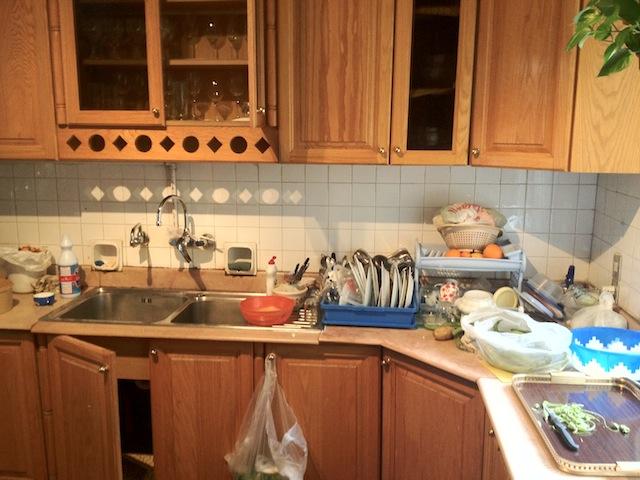

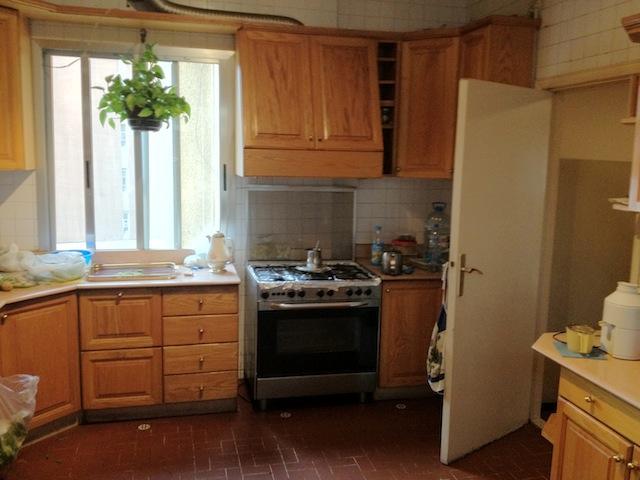
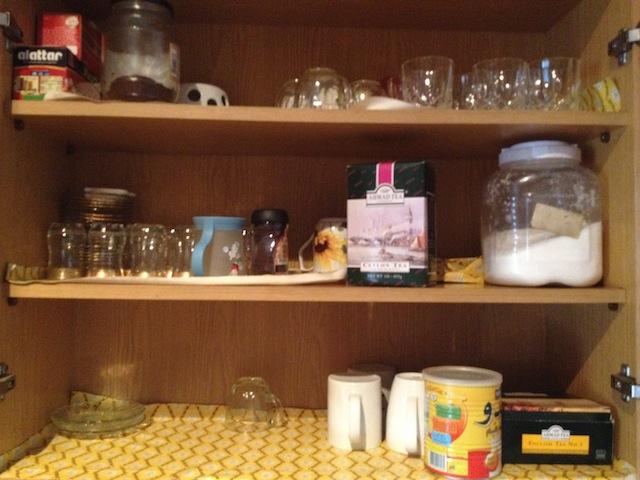
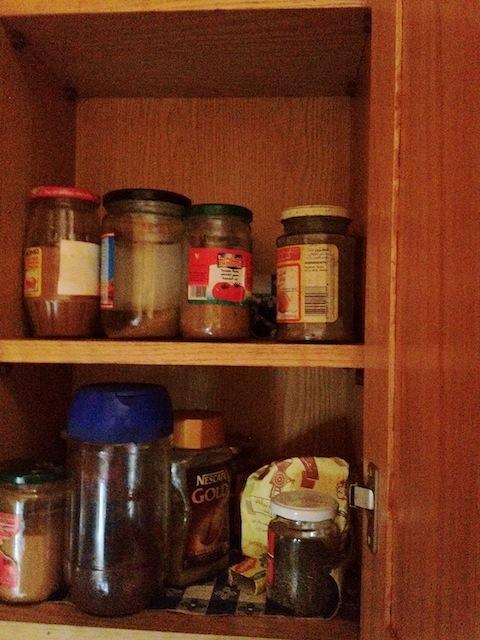
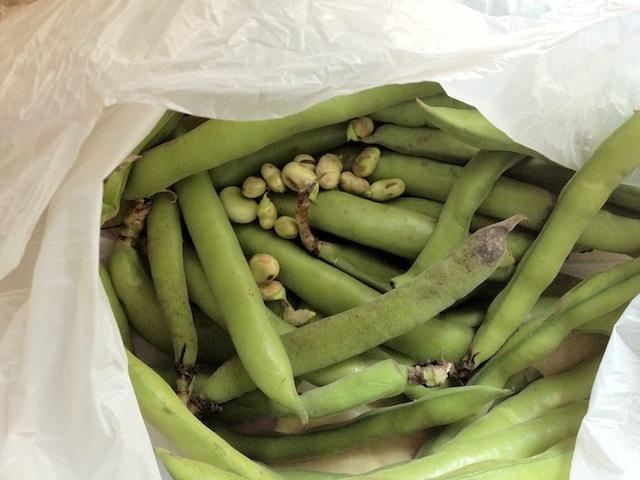
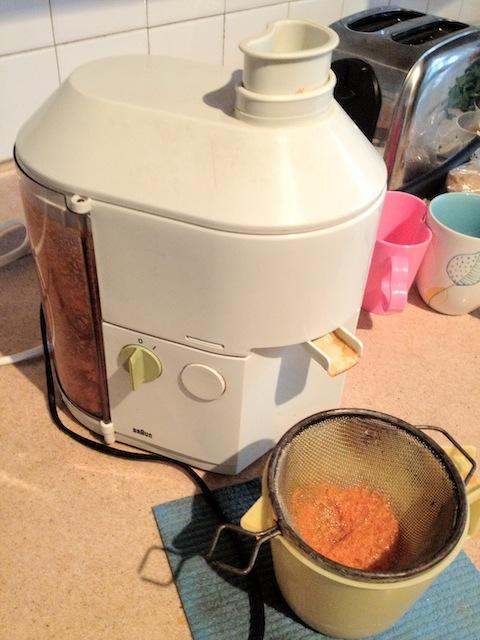
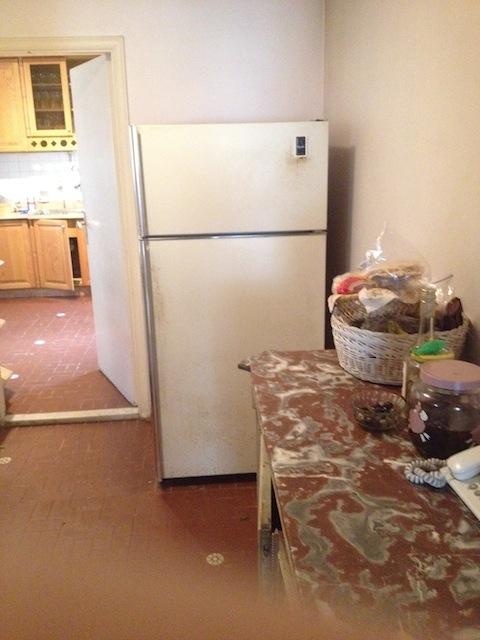
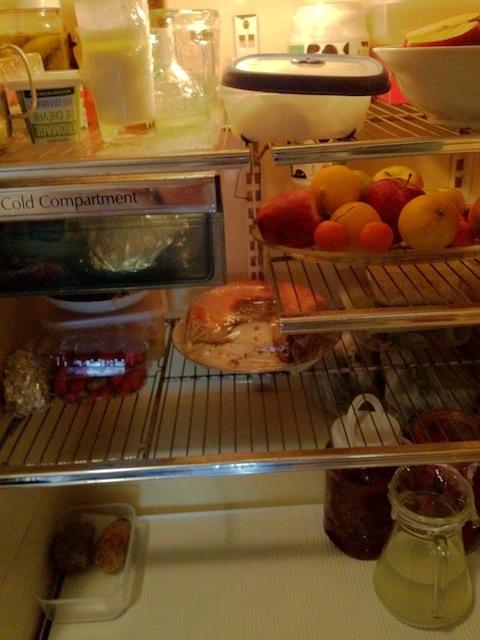

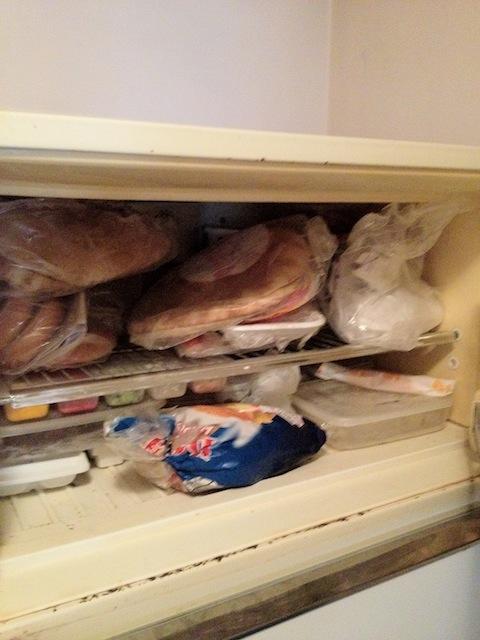
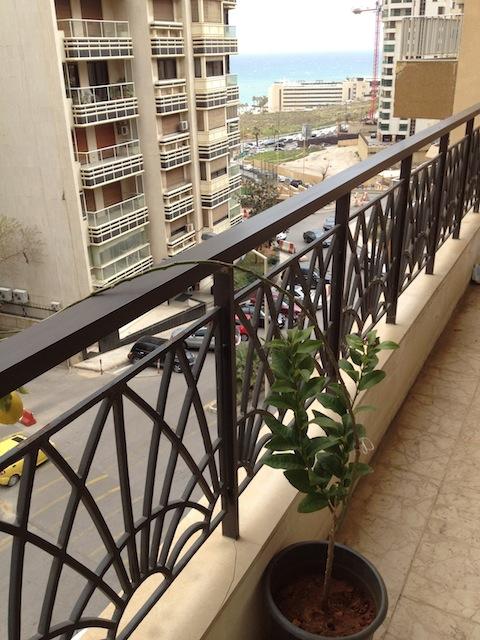


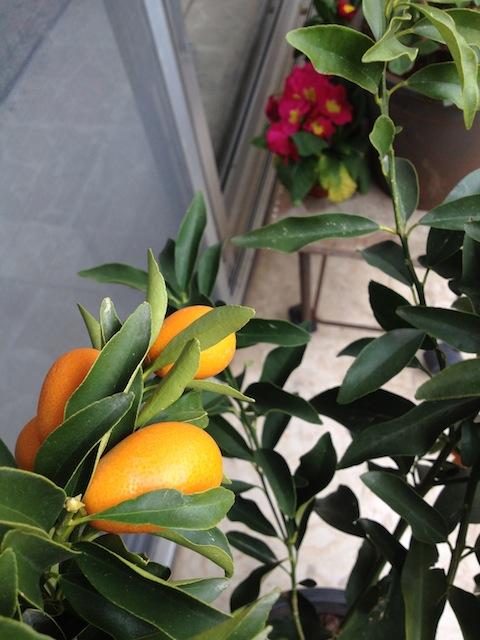
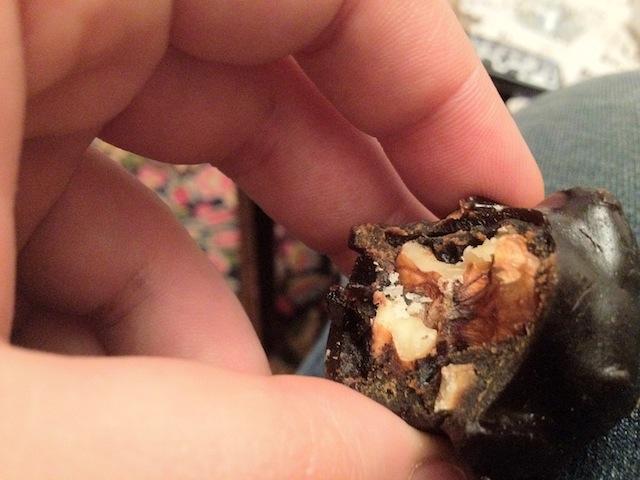
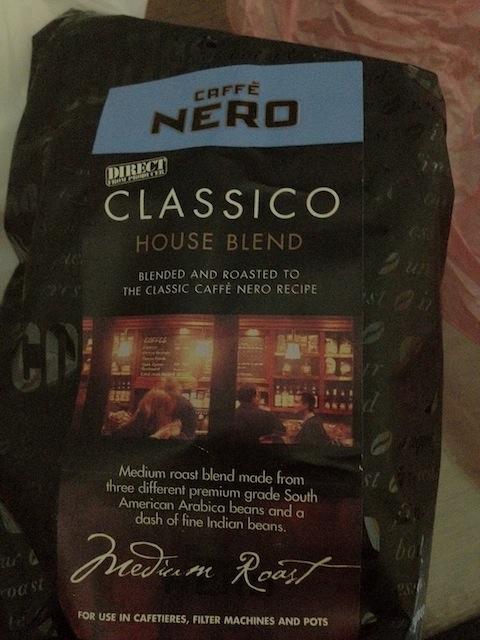
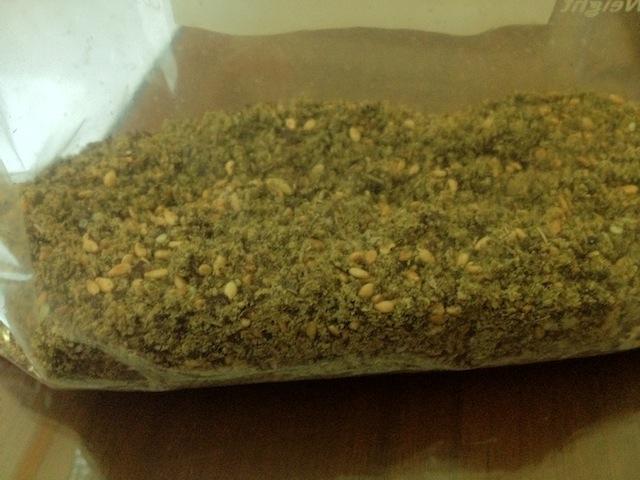

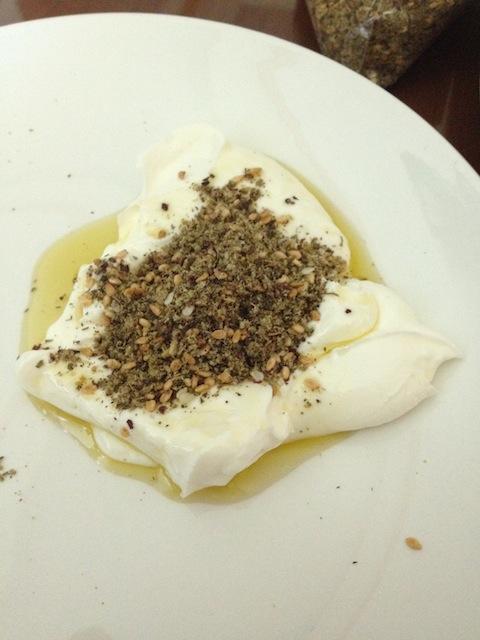
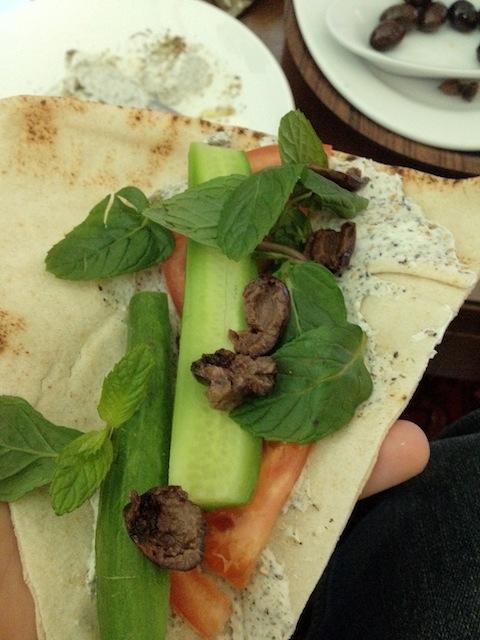
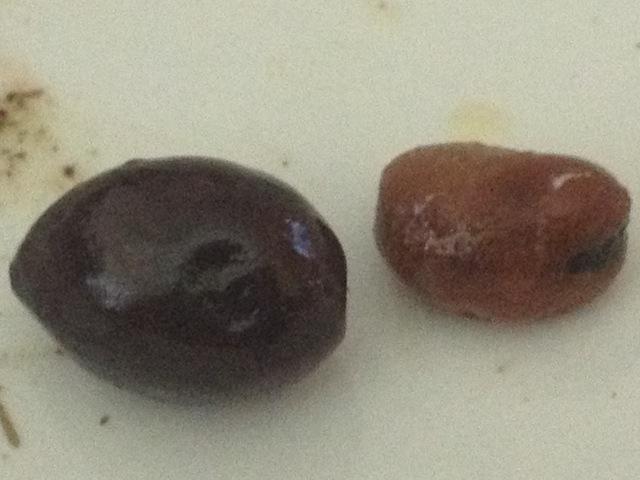
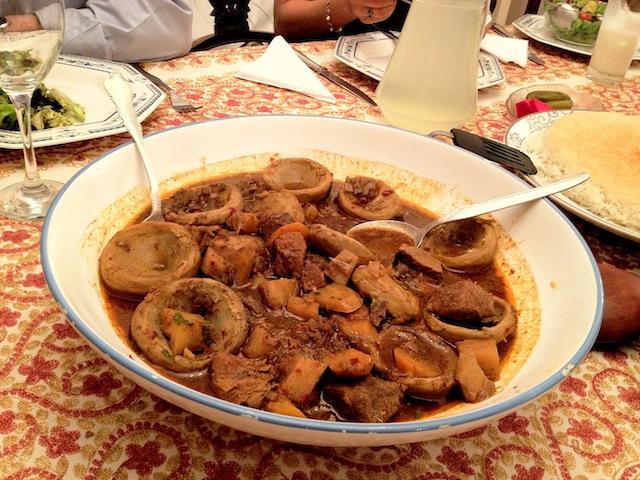
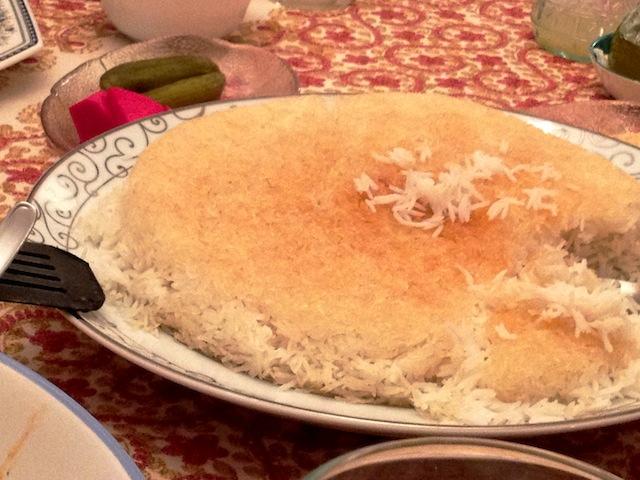
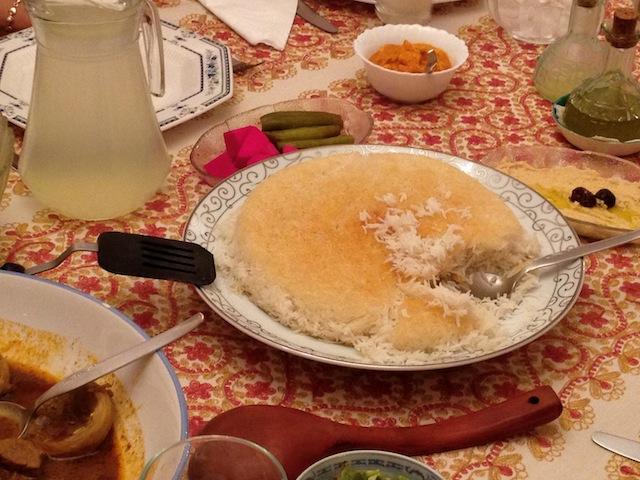
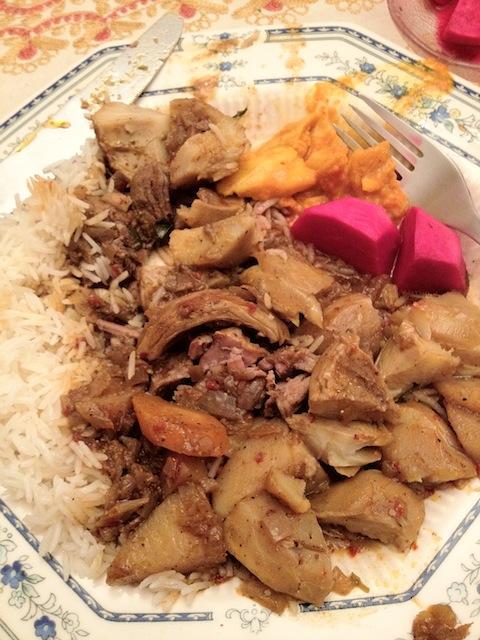

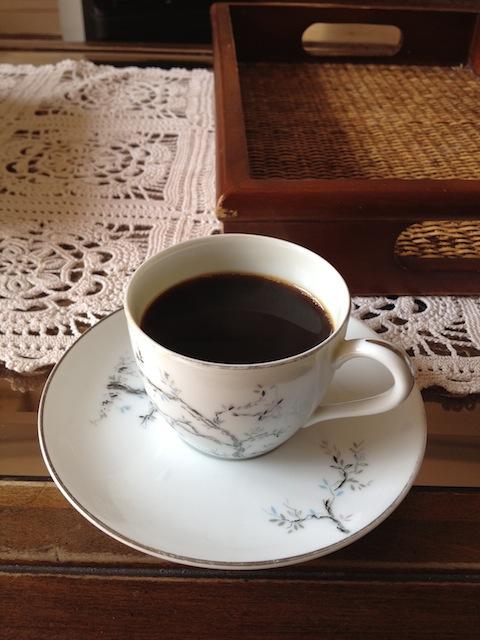
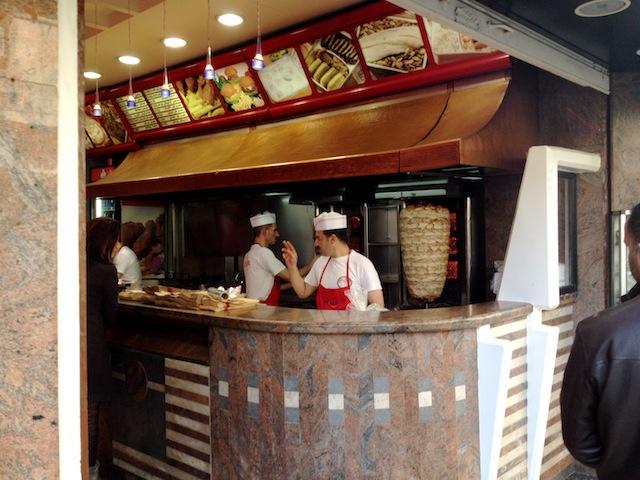
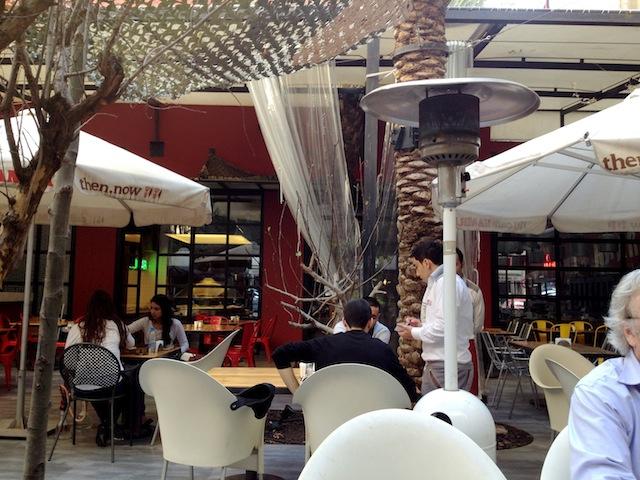


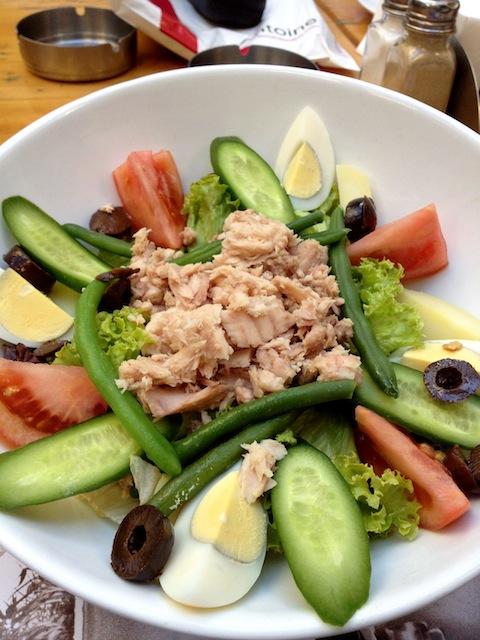


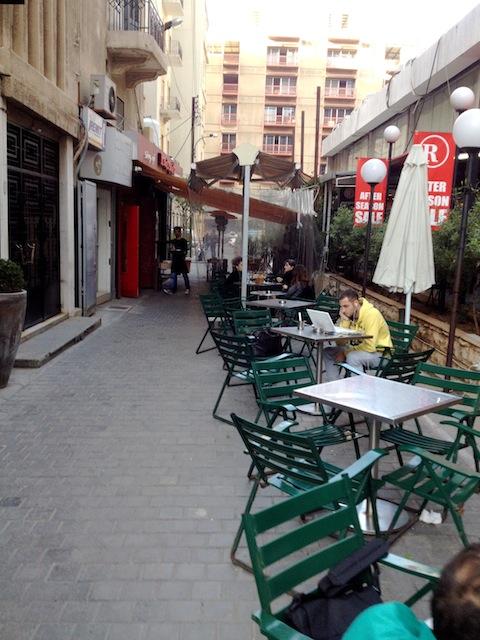

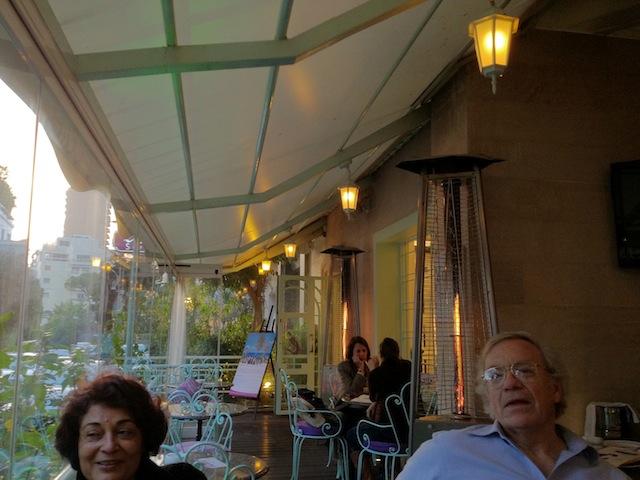
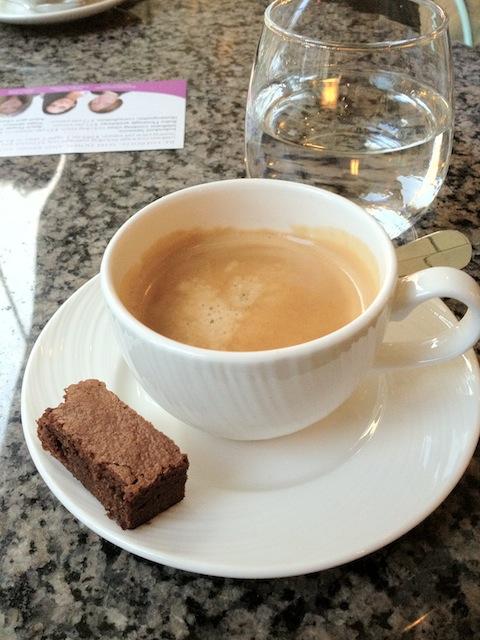
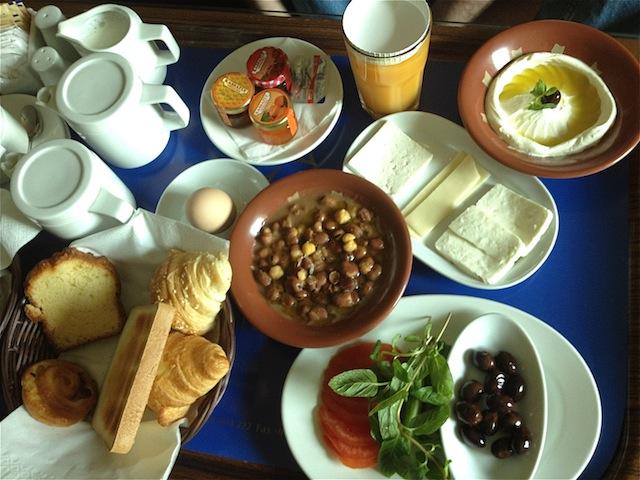
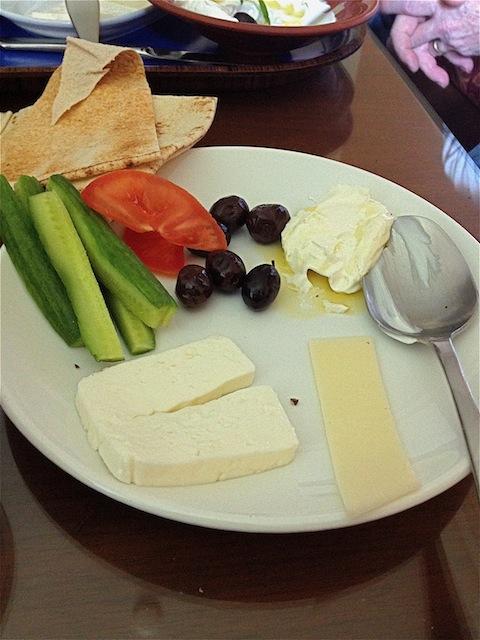
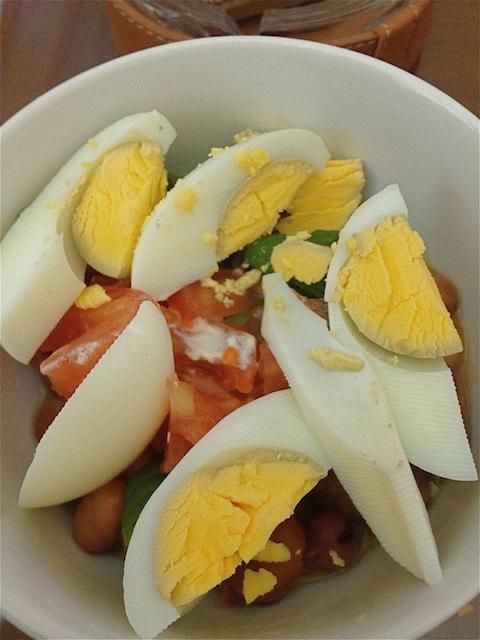
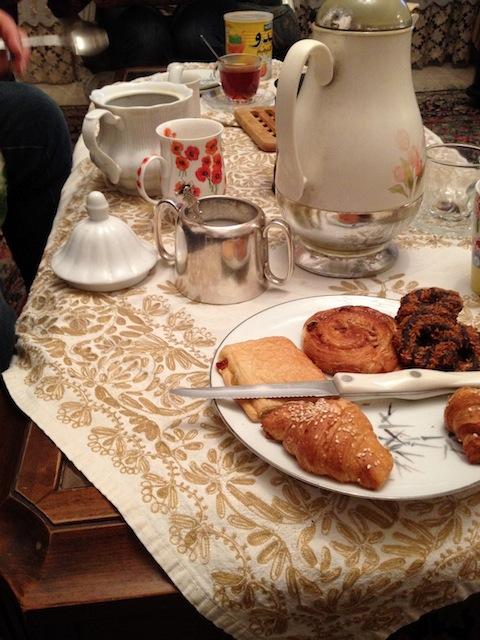
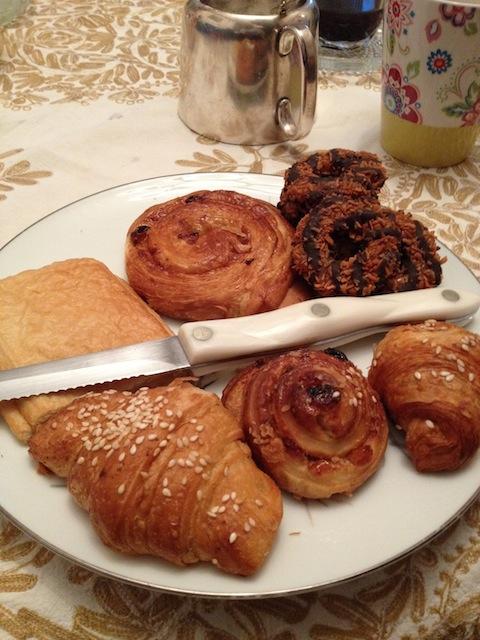
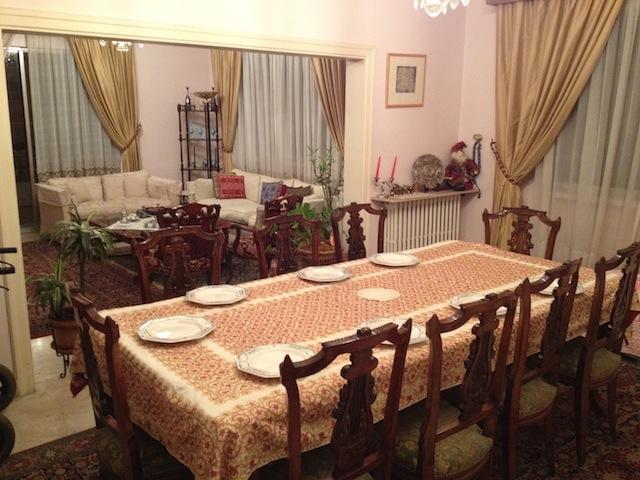
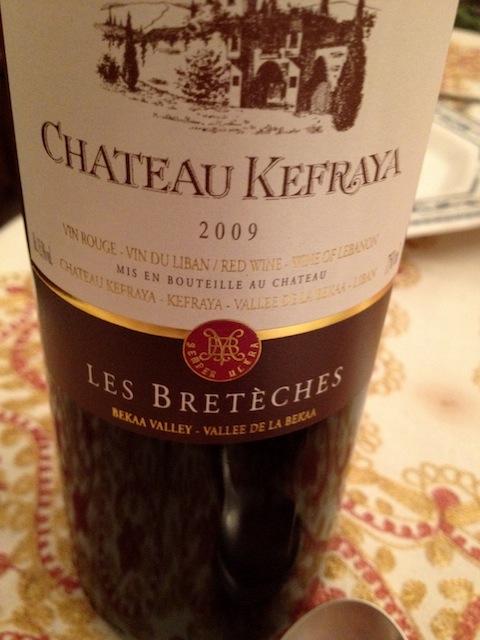
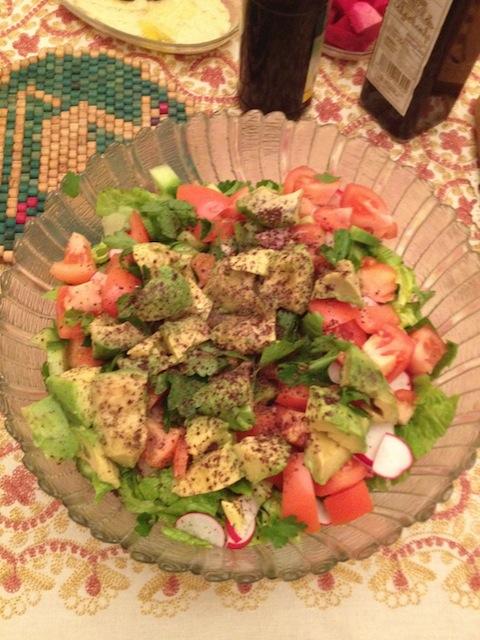

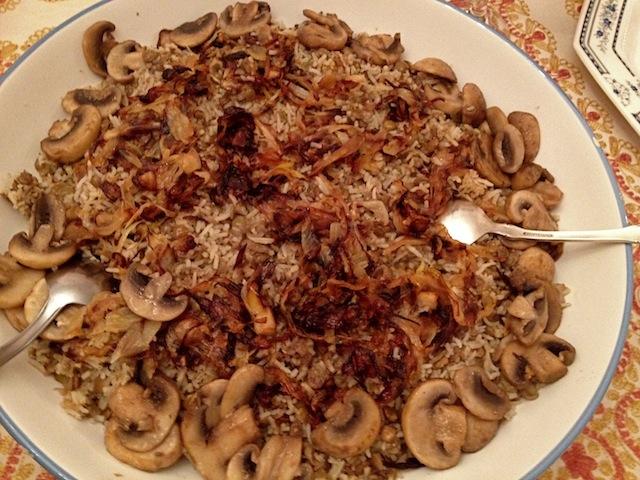
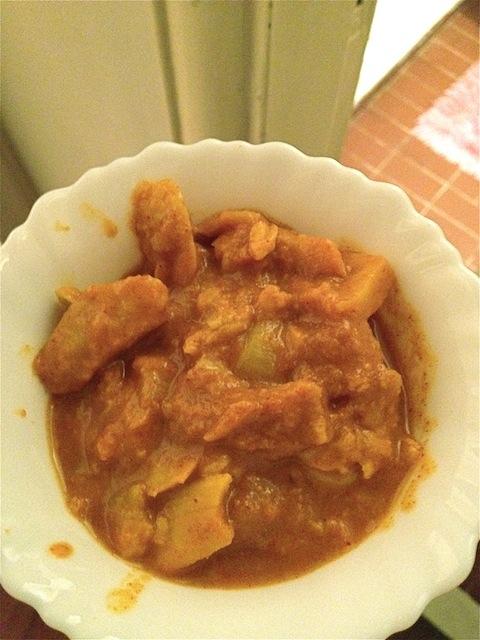
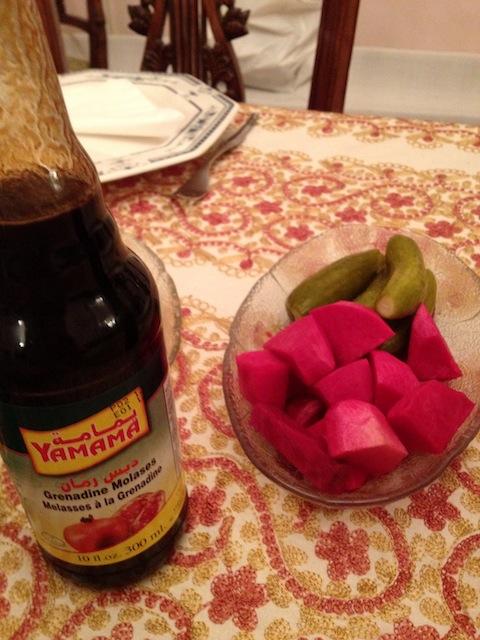

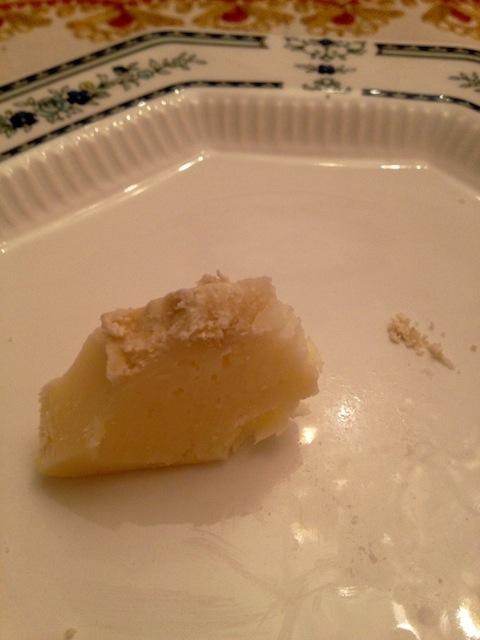
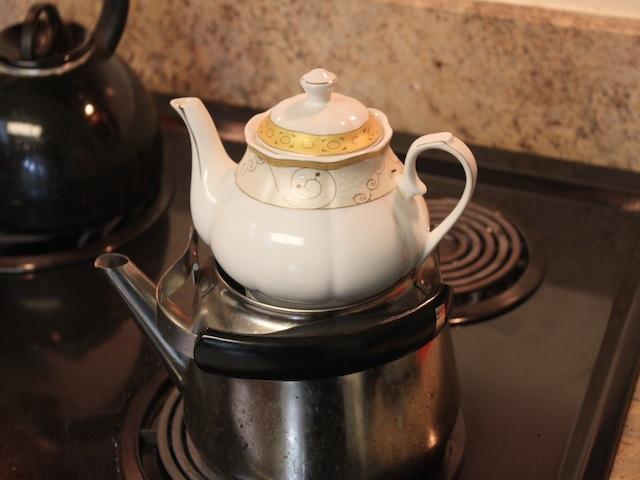
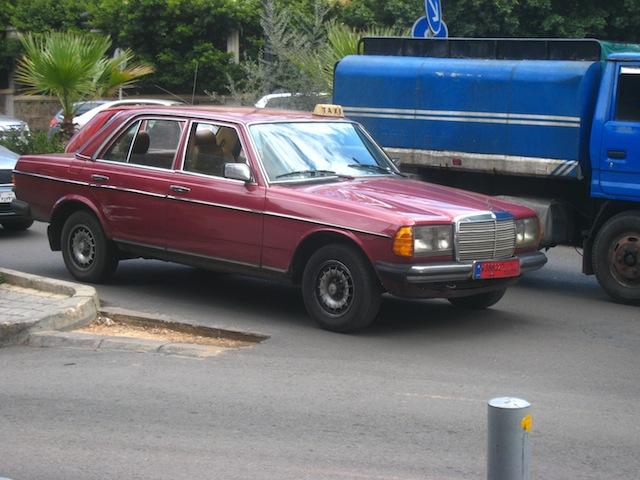
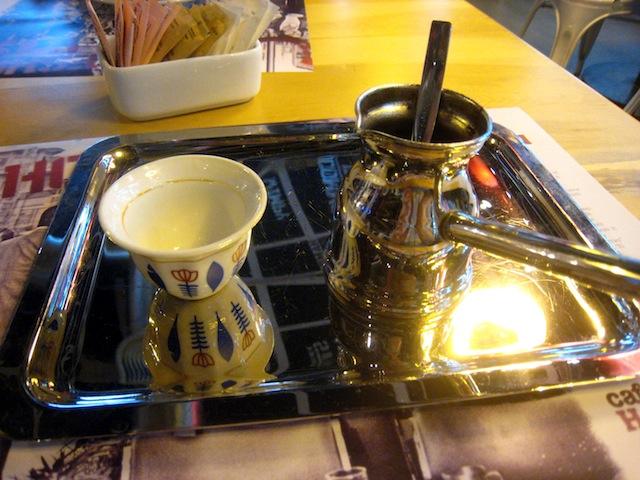
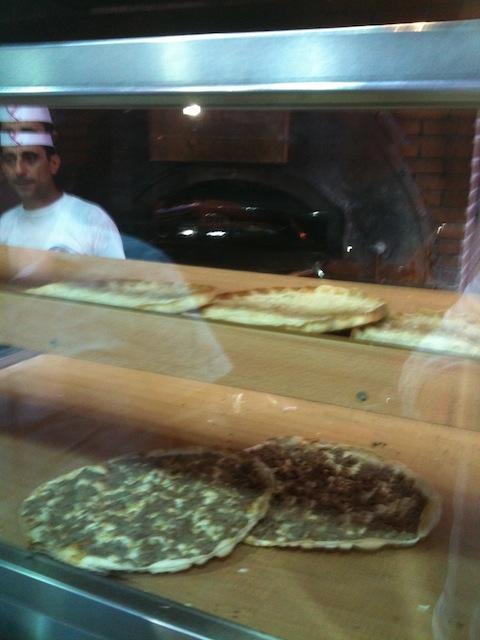

Common Food Mispronunciations and Misnomers
in Food Traditions & Culture
Posted · Edited by Hassouni (log)
fa-yeh, from what I know. But I also as far as I know think "Greek yogurt" is a sham. It's just labne, strained yogurt (or the Turkish version, süzme yoğurt). No yogurt in its natural state is that thick, even though yogurt in the Eastern Med and Middle East tends to be thicker than in the US or UK.